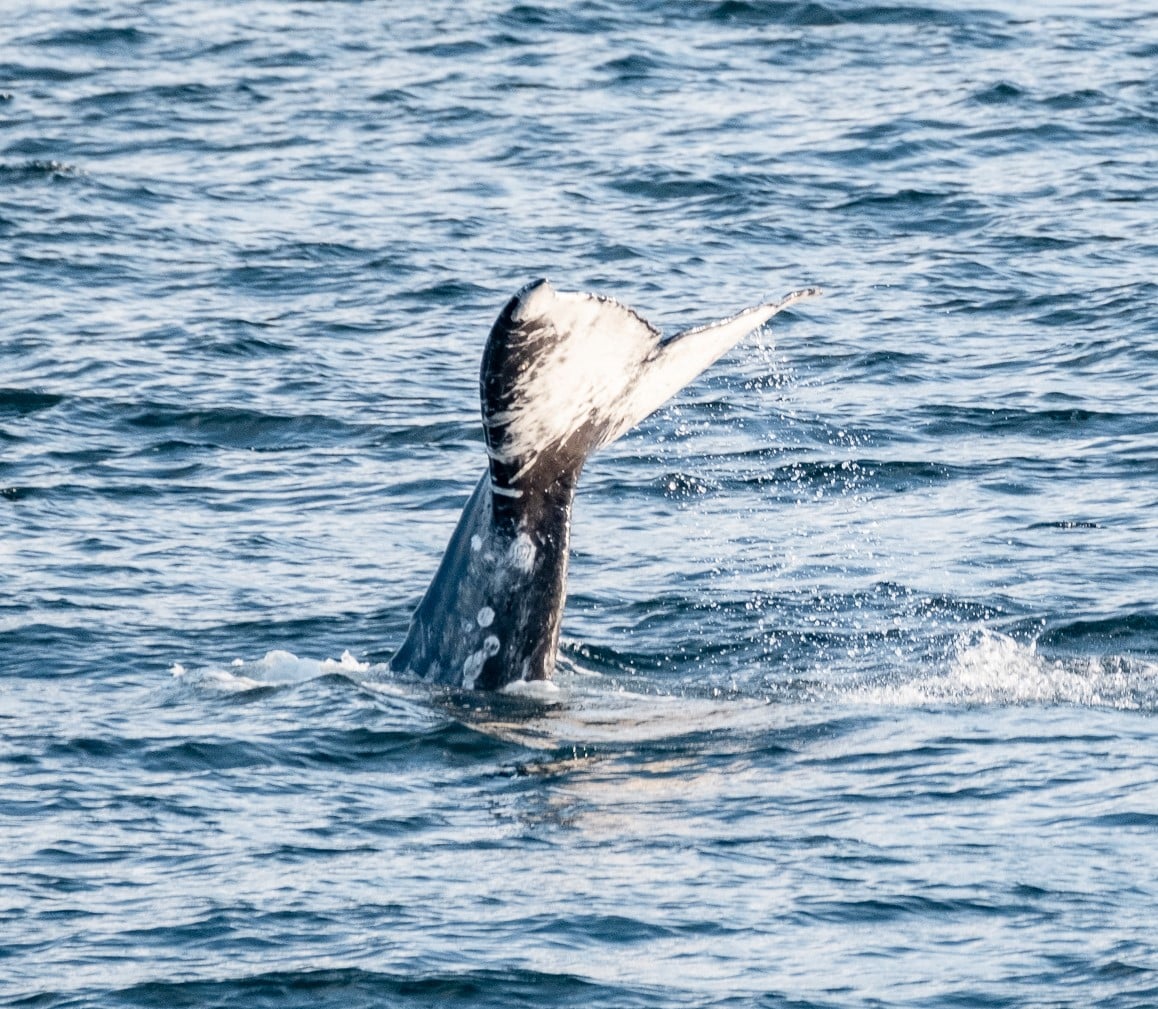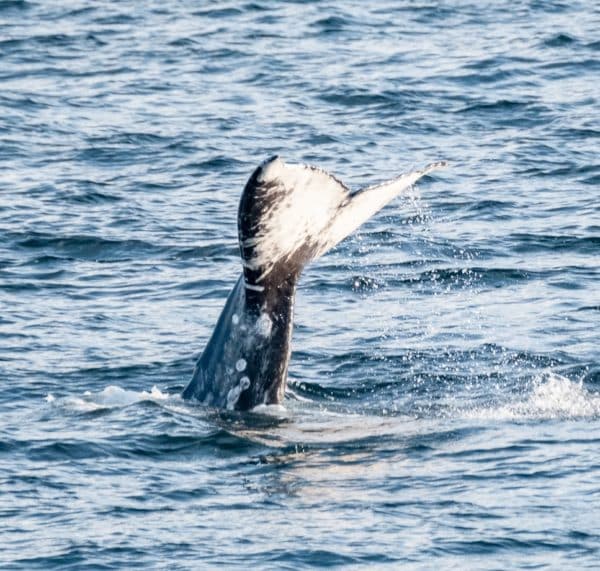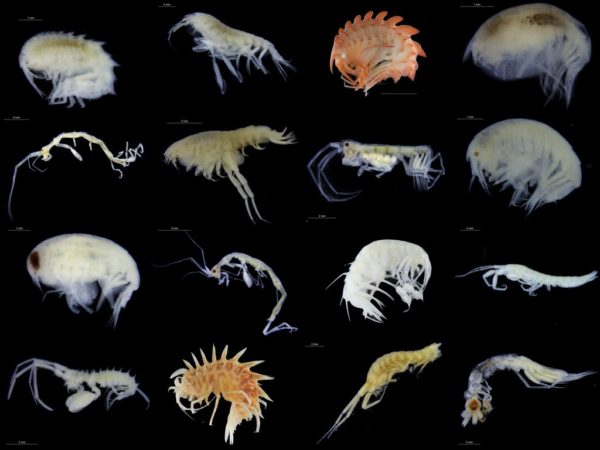Written by: Griffin McCulloch, Onboard Naturalist
The Grey whale, Eschrichtius Robustus, has been very elusive this whale watching season. For the first time in the entirety of the spring and summer months, this past September the 7th, Orca Spirit Adventures saw its first Grey whale make its appearance.
You can imagine how all the crew, captains, and passengers were ecstatic to watch this majestic wandering beast fluke its tail while swimming around graciously.
Grey whales are benthic feeders, which means they feed on the ocean floor as filter feeding whales, utilizing their baleen plates to filter through the sand, silt, mud and dust where organisms that are sought after as prey reside. Prey primarily consist of amphipod crustaceans, amphipods are invertebrate species with an exoskeleton and feed on dead plants and animals, including animal residual waste products. This classifies amphipods as scavenger species. Krill are also known amphipods due to their crustacean and invertebrate exoskeleton body, although they feed near the top of the surface of waters where other baleen whales such as the Humpback whale, Megaptera novaeangliae, feed.
Grey whales are believed to live at a maximum age of 80 years, newborn calves are born at an approximate measurement of 14 to 16 feet in length and weigh in starting at around 2,000 pounds. Some threats which face the Grey whale include just about the same threats that all cetaceans may face as well; Entanglement in fishing gear, vessel strikes, disturbance from ocean noise, climate change, and habitat degradation from oil and gas developments for example. Conservation and management, as well as education of these animals can assist with population growth and rehabilitation.
Hop on tour with us to learn about the ways that you can help save these animals!











